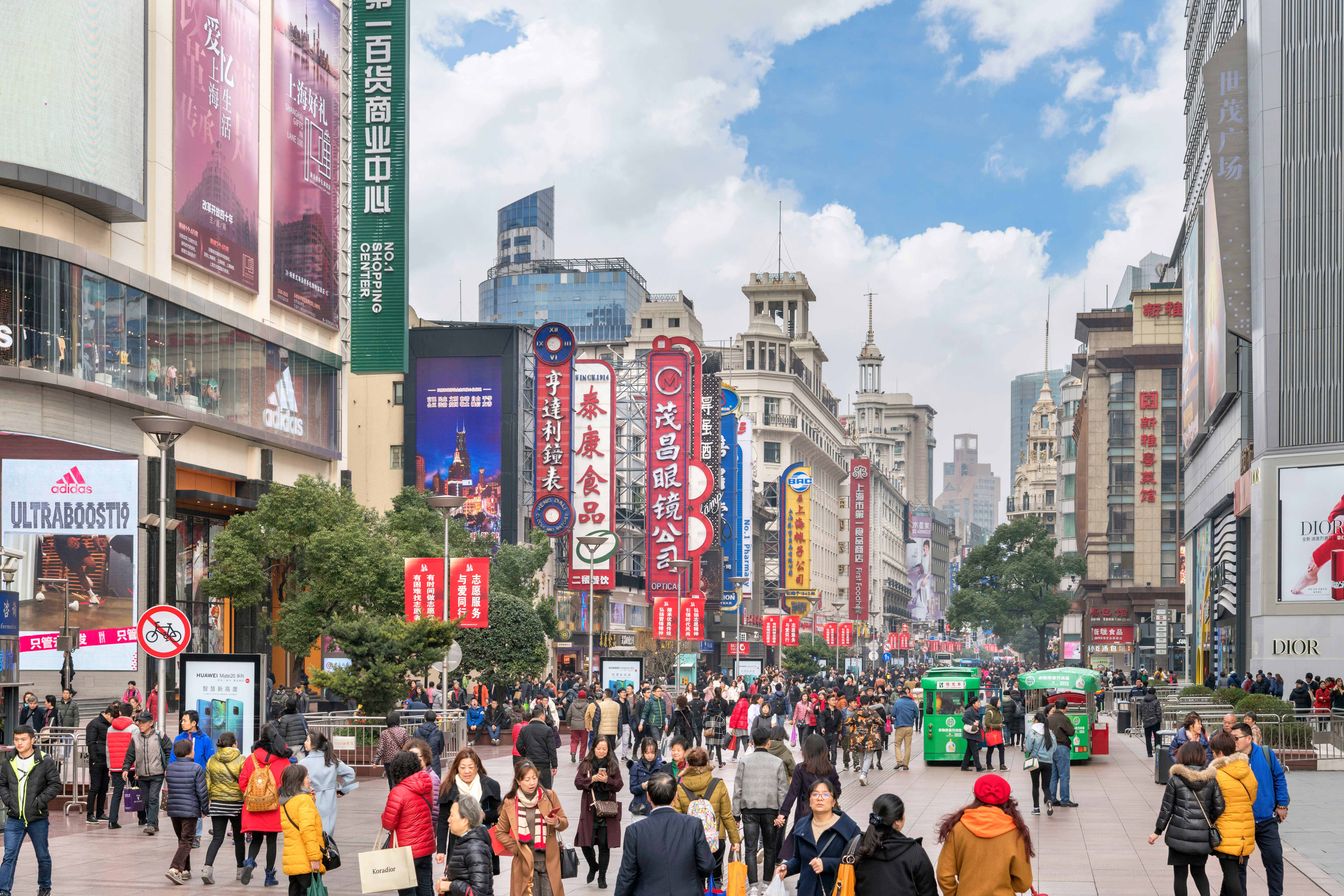China’s young people are hitting the streets, lounging in parks and documenting their adventures on Xiaohongshu, the social media platform and lifestyle bible for 300 million monthly active users. Marketers have taken notice. But can these much-hyped trends do more than boost follower counts and corporate profits? Can they be used to create better places for all city dwellers?

Those are questions that come to mind when you dive into Xiaohongshu’s mid-year 2024 report. Younger Chinese people are increasingly interested in health and wellness, particularly ‘lazy health’ — a cheeky term for exercise that doesn’t feel like too much work. Combine that with a growing interest in experiences over consumer products and you get ‘citywalk’ and its trending counterpart ‘wildeat’ — a high-flown way of referring to picnics. Both concepts involve getting out of the house, hitting the pavement (or park path) and appreciating the city around you.
Big brands have taken notice. French fashion company Ami Paris capitalised on the desire to roam with a ‘bag hunt’ that sent eager fans on a treasure hunt for miniature handbags hidden around various cities. The campaign generated 17.9 million views online, besting similar efforts by H&M and Kenzo. For businesses, the prospect of a young generation looking for experiences raises the opportunity of new kinds of retail environments and services. Think of shopping malls like Nanhu Place in Jiaxing or Chengdu Hyperlane Park, which feel less like malls and more like real neighbourhoods, with a diversity of spaces and experiences.

But these social media fads speak to something deeper than just commercial opportunities. China’s economic rise has produced impressive infrastructure, but it has often come at the cost of urban soul, with many areas of Chinese cities alienating and inhumanly scaled. A study by four researchers at the Guangdong Medical University and London School of Economics found growing rates of social isolation in China across age groups. Citywalk might seem like a fad, or a kind of tourist activity, but it may also be an effort to reconnect with community and urban life.


Hong Kong is ahead of the curve: for several years, artist and academic Sampson Wong has created his own take on the concept of citywalk. He has brought together a community of curious individuals who are keen to wander through their city, taking the time to appreciate it in ways they hadn’t before. The goal is simple: take a long walk to observe the city, warts and all, so you can reflect on its past, present and future. It’s citywalk not as a fad but as a way of being an engaged citizen.

Architects and town planners should take note. For many years, urban development has been driven either by profit or the urgent need to house as many people as possible. But creating actual cities means doing more than just warehousing people and objects. It means designing places where people can find joy, stimulation and satisfaction simply by stepping out of the front door.





